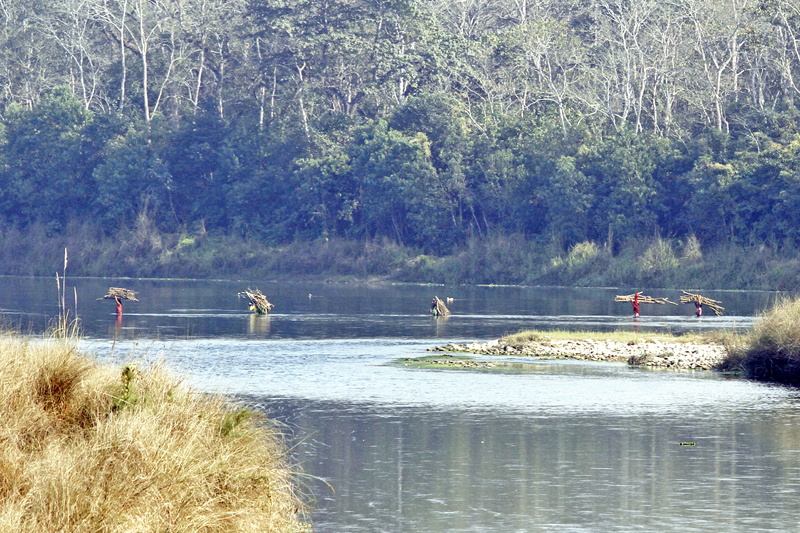Govt shelves plan to reopen protected areas to pvt sector
Until we develop capacity to monitor those conducting tourism activities in protected areas, the move will create risk of smuggling of endangered flora, fauna
Kathmandu, February 1
The government has shelved its plan to allow private sector to operate hotels, resorts and conduct other tourism activities in the protected areas national parks, wildlife reserves and conservation areas on contract basis.
Last year, the Department of National Parks and Wildlife Conservation under Ministry of Forest and Soil Conservation had developed the Tourism Concessional Manual to allow private sector to conduct tourism-related activities within protected areas by implementing mandatory measures for conservation.
The manual, developed with the support of International Finance Corporation of the World Bank Group, was scheduled to be sent to the MoFSC for approval before implementation.
However, along with the change in leadership in DoNPWC, the groundwork to open protected areas for tourism activities to attract high yield tourist has been shelved.
Director General of DoNPWC Phanindra Raj Kharel has said that he was not convinced to allow the private sector to conduct tourism activities in the protected areas. He was deputy director general when the DoNPWC had developed the manual.
“I had voiced strong reservation against opening up the protected areas for tourism activities back then as well,” Kharel told The Himalayan Times.
“Until we are able to develop our capacity to monitor the private firms that are allowed to conduct tourism activities in the protected areas, the move will create risk of smuggling of endangered animals and plants.”
However, entrepreneurs claim the reason given by Kharel is unfounded, as the government has deployed security forces for the security of protected areas.
“The issue of conservation is undoubtedly an important one,” said Prakash Shrestha, former president of the Hotel Association Nepal, who had earlier operated Machan Wildlife Resort in Chitwan National Park.
“For this, the government has to set strict guidelines, but that does not mean private sector should be barred from doing business in protected areas.”
Earlier, the government had allowed the private sector to operate hotels, resorts and other tourism activities in the protected areas on contract basis. It was, however, brought to a halt in July 2012 after their contract period ended.
Back then, the government had said it would reopen the protected areas for tourism activities only after developing the legal framework.
Based on the provision of National Parks and Wildlife Conservation Act (Clause-V), DoNPWC had also developed the Tourism Concession Manual for protected areas.
The draft manual prepared by DoNPWC has envisaged well-constructed mechanism to deliver better conservation outcomes, enhance visitors experience, increase community income through tourism, and tax revenue for government.
The country has 10 national parks, four wildlife reserves and six conservation areas, which are spread over 34,185.62 square km or 23.23 per cent of the country’s total land area.
As per Nepal Tourism Board, about 200,000 tourists visit the national parks of the Tarai region and a similar number visit wildlife reserves and conservation areas every year.
DoNPWC had also held discussions with private sector about the manual in June last year, when the private sector players were told that the department would call for bids for operation of specific activities in protected areas once the MoFSC approved the manual.
The manual has proposed tea shops, curio shops, forest resort, view tower, tented camps, elephant safari, jungle drive, boating and golf courses in the Tarai area and sky diving, rock climbing, hot air ballooning, microlight flights, paragliding, mountain biking, bungy jumping and rafting for mountains and hills.






